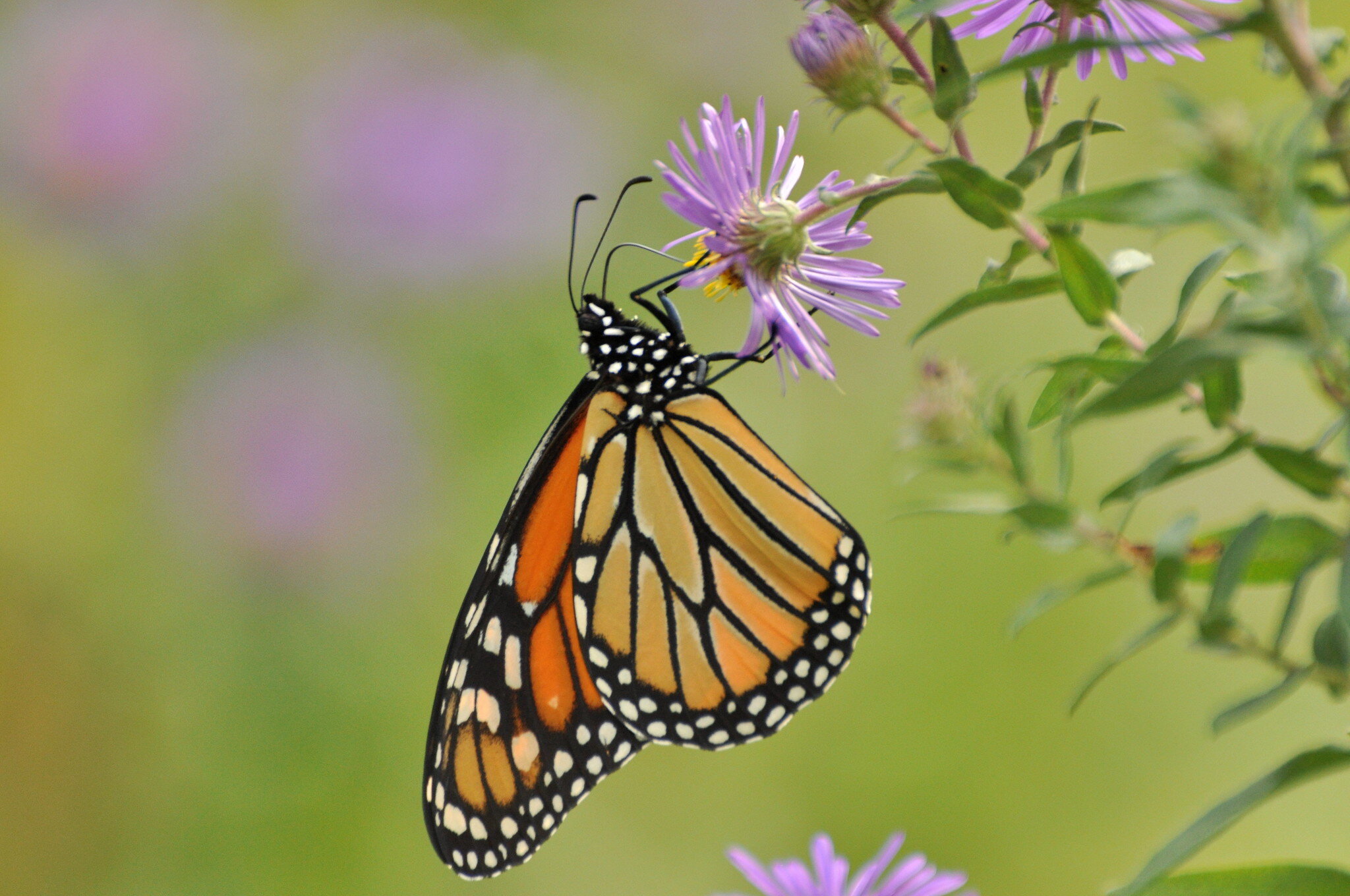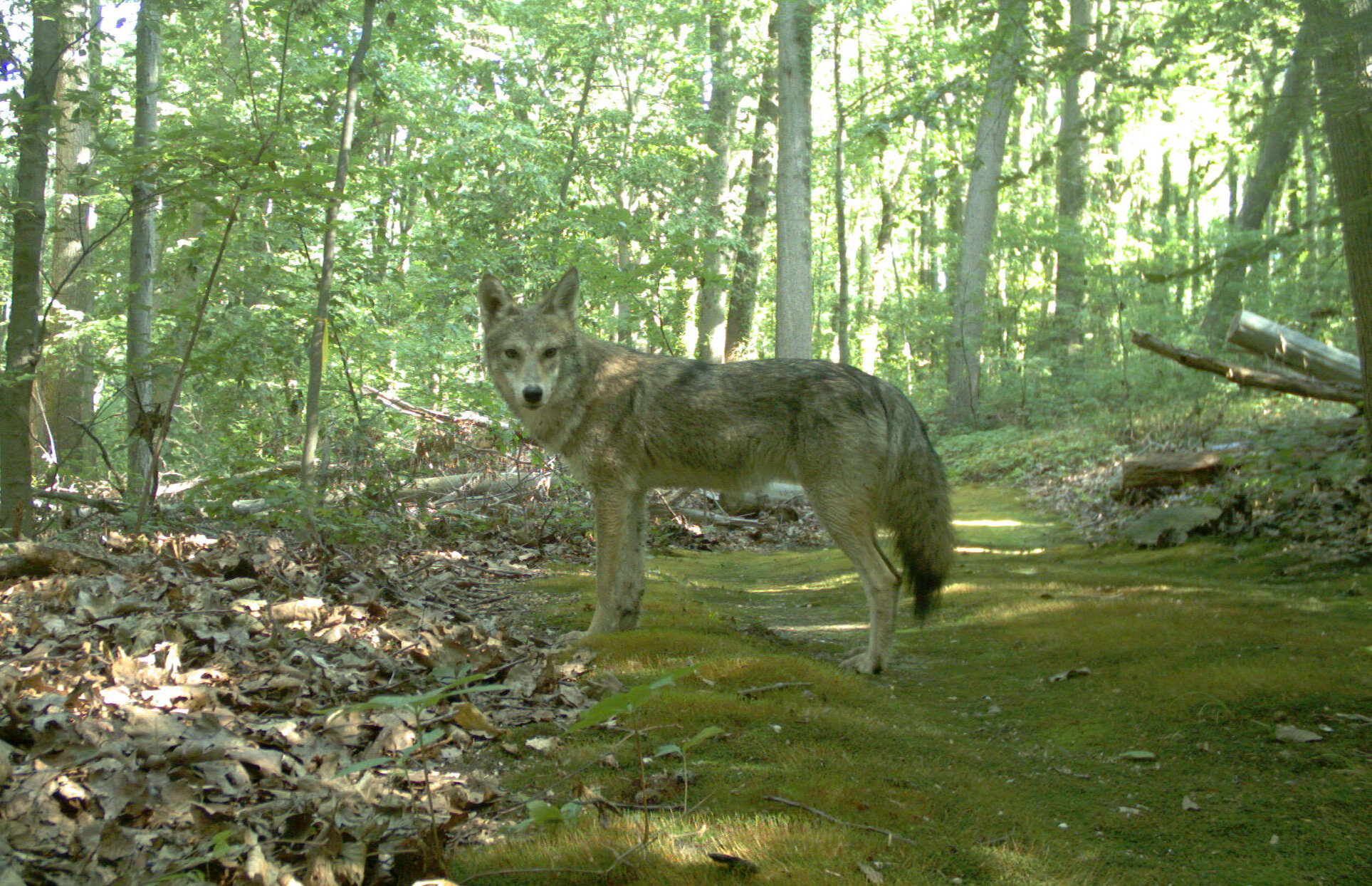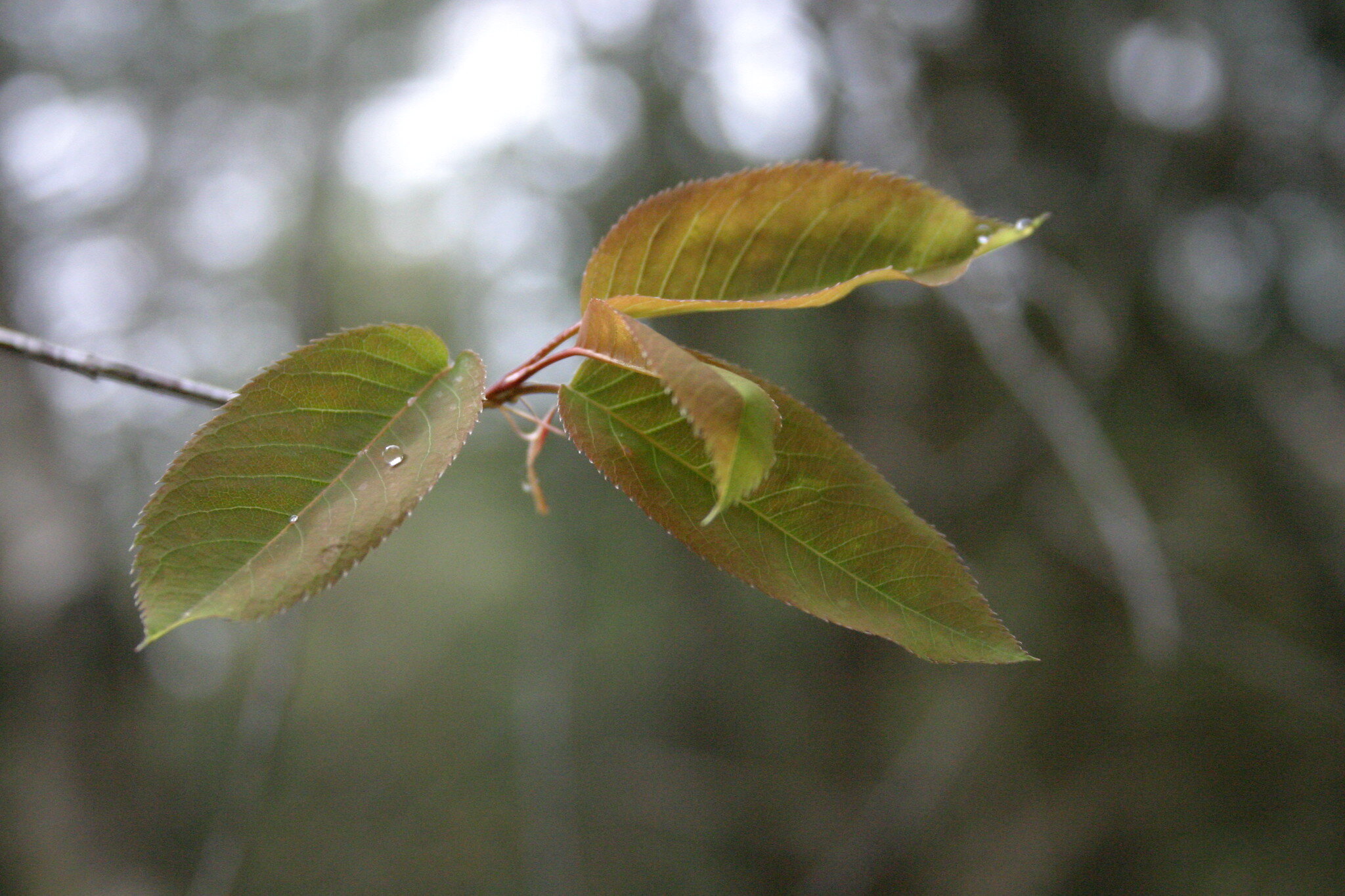(This article is devoted to wood pewees wherever they may be!)
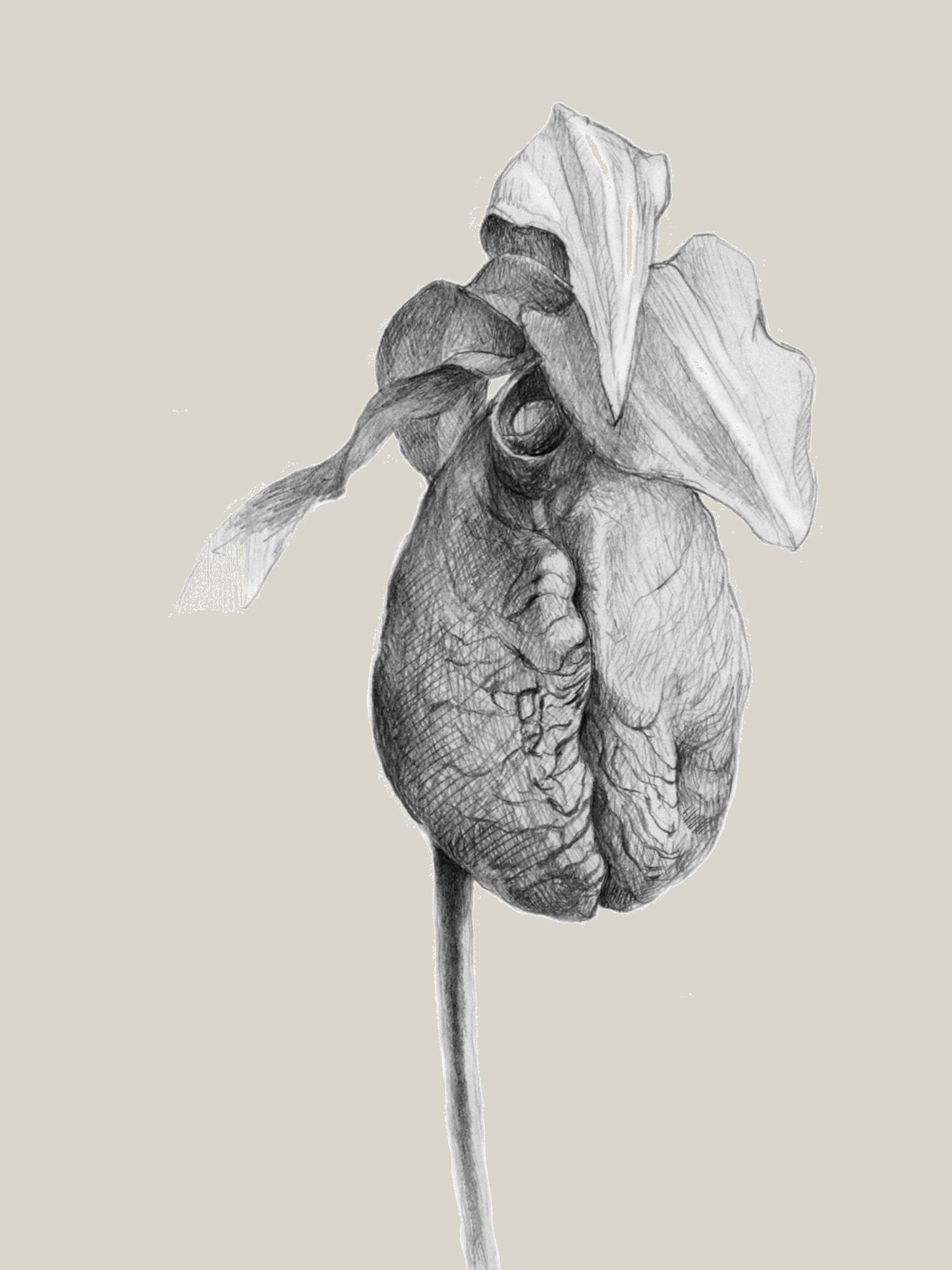 Pink Lady Slipper by Steve Terr
Pink Lady Slipper by Steve Terr
The species names spill off the tongue quickly – “Oh, that’s a Pink Lady’s Slipper…. or a Green Darner….or a Round-leaved Sundew or Great-crested Flycatcher. Perhaps its a Brook Trout….or Eastern Chipmunk or a Diamondback Terrapin”. These names, and hundreds of thousands of others, are the scientifically established common names for these creatures, useful because they help to establish order, definition, and identity. After all, we humans like to give every living thing a name as a means to begin to understand it and by so doing, legitimize its existence.
But these common names are almost always stated in a matter-of-fact manner, as if they are nothing more than dry words with no dimension to them. There’s no appreciation for the fascinating information they convey, no thought about the creative and colorful descriptors they contain, illuminating some interesting aspect of the species. We say “diamondback terrapin” but fail to visualize the stunning concentric-ringed design of the diamond shaped scutes on its top shell.
Lately, I’ve been thinking about the “color” behind common names, relishing the rich universe of descriptive choices. Take the group of wildflowers known as “goldenrods”. I smile just saying the name. I could struggle for hours, and would utterly fail, attempting to come up with a more apt and succinct name to describe this group of upright, buttery-yellow wildflowers common to Long Island’s fields and roadsides. Indeed, these plants are golden-colored with rodlike upright stems. Here’s a haiku I wrote to celebrate this showy group of plants that grace our late summer days:
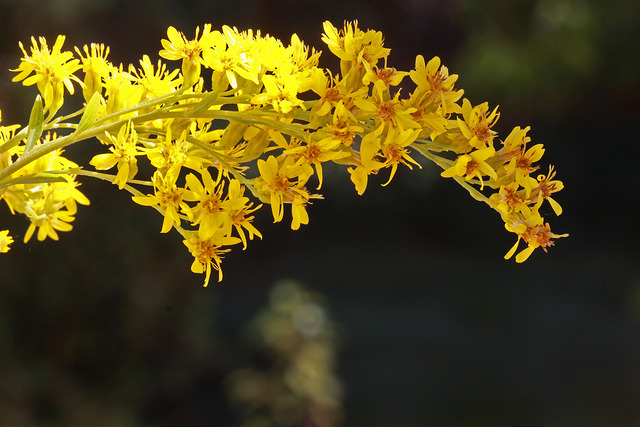 Goldenrod
Goldenrod
Andrey Zharkikh ©2012
A goldenrod field
Filled with buttery flowers
Sunshine concentrate
Many common names are descriptive to coloration – the White-throated Sparrow has a bright white throat patch and the Rufous-sided Towhee has flanks the color of a brick, bathed in the warm light of sunset. Want to guess the color of a Blue Shark, White Ibis or Scarlet Tanager? The color of the throat patch of a Ruby-throated Hummingbird? How about the skin and plumage patterns on a Spotted Salamander, Barred Owl, or Reticulated Python?
Others names describe places where the species was first discovered or is most abundant. Thus, you have Cape May and Tennessee Warblers, Mississippi Kite, Carolina Wren, and Florida Scrub-jay. One species with a misperception regarding the geography of its common name is the Baltimore Oriole. It gained its name not through its abundance, or being first identified in Baltimore, Maryland, but rather from the fact the bird’s bright orange and black plumage matched the colors on the coat-of-arms of Lord Baltimore.
And then there’s the easy ones to understand – common names established to honor or recognize people. Hence, we have Wilson’s Warbler and Phalarope (Alexander Wilson has four North American birds named after him, more than any other person), Henslow’s Sparrow, Swainson’s Hawk, and Audubon’s Shearwater (what a great description of the bird’s flight habit of cutting the ocean’s surface with its wing tips as it dynamically soars in search of food).
Still other names convey information about some anatomical or physical aspect of the organism; thus, you have Weeping Willow, Shagbark Hickory, Gull-billed Tern, Scissor-tailed Flycatcher, and Rough-stemmed Goldenrod. And for sea creatures how can we ignore Bottlenose Dolphins or Humpback Whales?
Adding to the richness of species’ official common names are the numerous unofficial, alternative names associated with these species. So for dodder, a golden-yellow parasitic vine common in island fields and meadows where it grows in tangles atop other wildflowers, we have the following common names: Hairweed, Lady’s Laces, Wizard’s Net, Goldthread, Angel Hair, Witches’ Hair, Devil’s Hair, Pull-down, Strangleweed, and my favorite – Devil’s Guts.
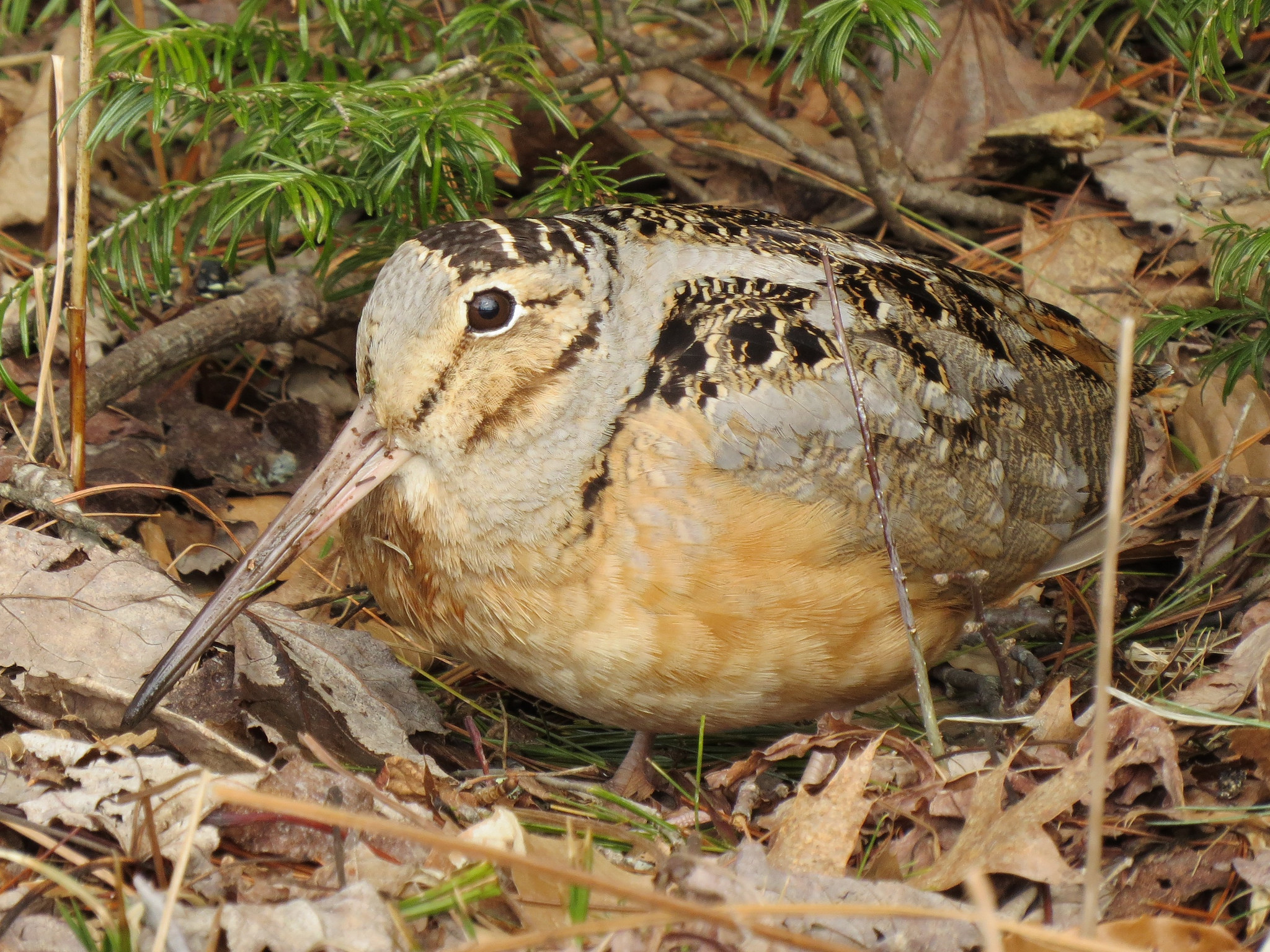 American Woodcock (Scolopax minor)
American Woodcock (Scolopax minor)
Fyn Kynd © 2014
If you want a bird example look no further than other names for the American Woodcock – Timberdoodle, Whistling Snipe, Big Mud Snipe, Mud Bat, Night Peck, Night Partridge, Bog-borer, Bog Sucker, Bog-bird, Wood Snipe, Wood Hen, Siphon Snipe, The Whistler, Hookum Pake, and the Labrador Twister.
Dragonflies are a great group, filled with species having expressive common names. The group name of “dragonflies” is colorful enough – they must appear to be a flying, fire-breathing monster to any smaller airborne insect. Thus, we have ferocious and formidable dragonfly names such as Sanddragons, Sundragons, Shadowdragons, Snaketails, Meadowhawks, Pondhawks, and Dragon hunters (they like to eat other dragonflies). Contrast them with their diminutive, non-threatening winged cousins – the Damselflies, who have members with these names: Jewel wings, Bluets, Spreadwings, Rubyspots, and, of course the “Dancers”. What damsel in distress wouldn’t want to be rescued by these gossamer-winged creatures?
The most colorful and descriptive common names of all? Moths are the best, hands down, reaching new levels in imagination, revealing that lepidopterists have quite the sense of humor. Lest you think I’m making this up go on the Internet and check out the following moth species, found in the eastern United States, that have been formally described by science and given these names:
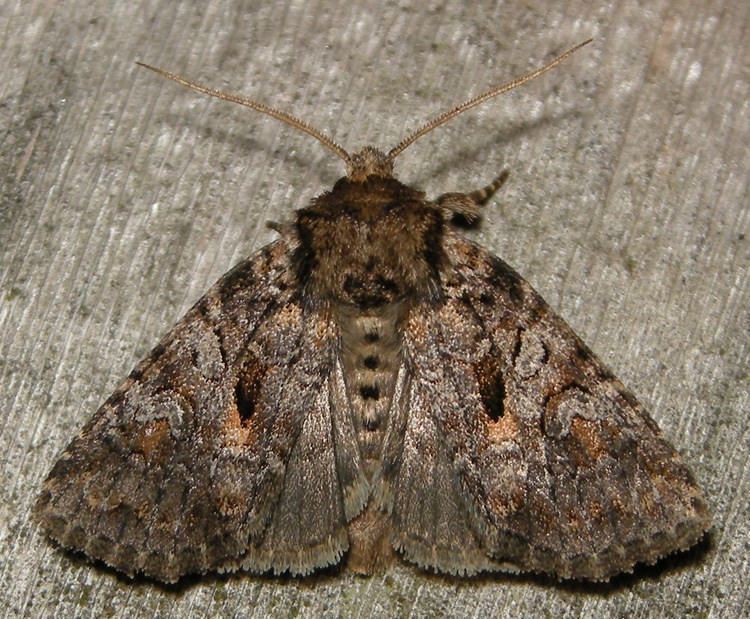 Disparaged Arches (Orthodes detracta)
Disparaged Arches (Orthodes detracta)
Siobhan Basile © 2012
The Old Maid. The Thinker. The Laugher. Abrupt Brother. The Joker. Elegant Prominent. Hooked Silver Y. Sebaceous Hebrew Character. Striped Chocolate-tip. Approachable Sallow. Afflicted Dagger. Owl-eyed Bird-dropping Moth. Sharp Angle Shades. The Slowpoke. Grateful Midget. Cloaked Marvel. There’s the Intractable Quaker and the Cynical Quaker. Grieving Woodland. The German Cousin. The Nutmeg. Lastly, there’s Stormy Arches and if you like this one, how about Stormy’s cousins: Neighborly Arches, Disparaged Arches, Bridled Arches, Explicit Arches, Laudable Arches and Implicit Arches.
And then there’s my all time favorite name: the wood pewee. Living up to his spritely name he’s a small, nondescript flycatcher, whistling his distinctive up-slurred “pee-awee” from the end of a dead tree branch in the middle of a Long Island forest. His name defines his essence.
What’ s your favorite name?

